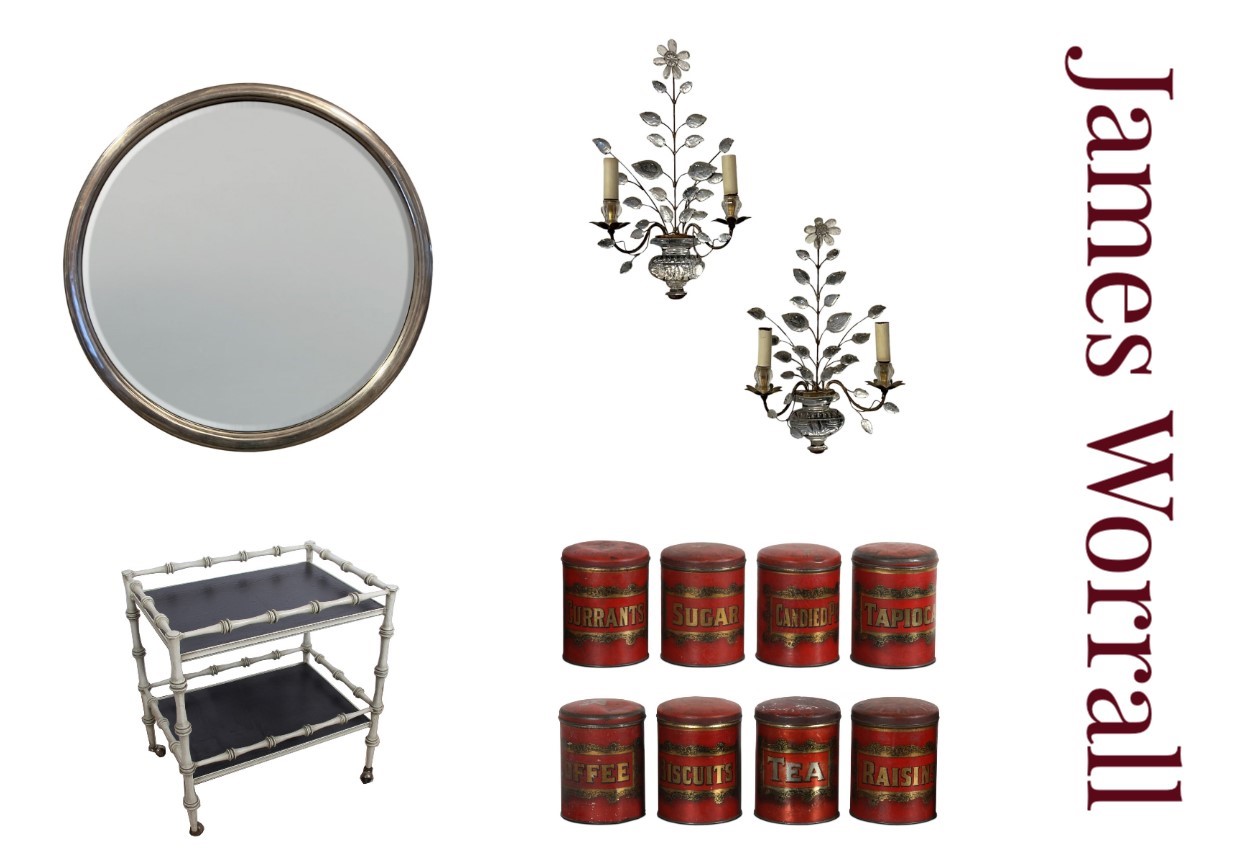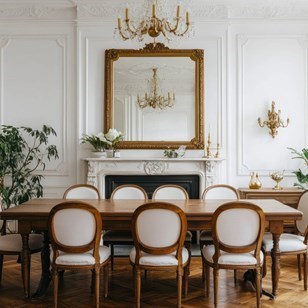British Oil Painting Marine WW2 Destroyer HMS Tartar Nickname Lucky Tartar
Stock No
CAC00024
2023
- £2,300.00
- €2,694 Euro
- $3,066 US Dollar
Questions about this item?
Like this item?
Item Description
Capture the grandeur of the high seas with this stunning British oil painting of the war ship HMS Tartar. Its vivid colours and exquisite detail will bring to life craftsmanship from a bygone era. A perfect addition to any collection.
Subject seascape marine portrait of the known British WW2 destroyer HMS Tartar which is portrayed in side profile facing left steaming along on the choppy seas. With seas crashing and being sprayed violently over the bow You can see the number G43 on the lower side, guns pointing forward & aft.You can see the conning tower with dark grey smoke coming out of the main funnel. Above a mixed storm overcast sky with blue coming through.
Title "HMS Tartar on patrol".
Oil on board with a front protective glass cover.
Circa late 20th century 1970's.
Unsigned British School.
HMS Tartar was a Tribal-class destroyer of the Royal Navy that saw service in most of the naval theatres of World War II. She had an eventful career, eventually receiving the nickname 'Lucky Tartar' due to her numerous escapes from dangerous situations. She was one of only four from the sixteen Royal Navy-operated Tribal-class destroyers to survive the war. The ship displacement 1,891 long tons (1,921 t) at standard load and 2,519 long tons (2,559 t) at deep load. Overall length of 377 feet or 114.9m, a beam of 36 feet 6 inches (11.13 m) and a draught of 11 feet 3 inches (3.43 m). Powered by two Parsons geared steam turbines, each driving one propeller shaft using steam provided by three Admiralty three-drum boilers. A maximum speed of 36 knots (67 km/h; 41 mph). The ship carried enough fuel oi to have a range of 5,700 nautical miles (10,600 km; 6,600 mi) at 15 knots (28 km/h; 17 mph). The ships' complement consisted of 190 officers and ratings.
The primary armament of the Tribal-class destroyer was eight quick firing 4.7 inch 120mm Mark X11 guns in four superfiring twin gun mounts. The ship was fitted with a single above-water quadruple mount for 21 inch (533mm) torpedoes also provided with ASDIC one depth charge rack and two throwers for self-defence. Twenty depth charges was the peacetime allotment, but this increased to 30 during wartime Authorized as one of nine Tribal-class destroyers under the 1936 Naval Estimates, Tartar was the seventh ship of her name to serve in the Royal Navy. The ship was ordered on 19 June 1936 from Swan Hunter & Wigham Richardson and was laid down on 26 August at the company's Wallsend, Tyne and Wear, shipyard. Launched on 21 October 1937 Tartar was commissioned on 10 March 1939. The ship cost £341,462 which excluded weapons and communications outfits furnished by the Admiralty. She was equipped for use as a Flotilla leader.
After commissioning she was assigned to the 2nd Tribal Destroyer Flotilla of the Home Fleet, and was later transferred to the re-designated 6th Destroyer Flotilla. Just before WW2 was diverted to assist in rescue operations in Liverpool bay after sinking of HMS Submarine Thetis during trials after build completion. On release from the unsuccessful rescue work resumed work-up programme. On the outbreak of the Second World War, she carried out a number of activities with her flotilla, including screening major warships, intercepting blockade runners and commerce raiders and anti-submarine patrols. On 24 November, she was deployed with other Home Fleet ships to search for the German light battleships Scharnhorst and Gneisenau after the sinking of the armed merchant cruiser HMS Rawalpindi.
1939 January and February 1940 were spent escorting convoys to and from Norway, and screening fleet units. In March, she and Mohawk escorted the ocean liner RMS Queen Elizabeth through the Western Approaches on her maiden voyage, before moving to Rosyth to carry out convoy escort duties.
On 3 March 1941 she sank the German merchantman Bernhard Schulte at 61°55′N 5°07′E. Whilst carrying out this duty on 4 March, she intercepted the German trawler Krebbsand captured her with a boarding party. An Enigma machine and supporting documents were recovered and later transported to Bletchley Park to assist decryption efforts. In May Tartar was deployed to defend the Atlantic convoys. During these duties, she was present at the sinking of the German battleship Bismarck.
On 17 August 1941 she screened the battleship Prince of Wales that was carrying Winston Churchill back from his Atlantic Charter meeting with President Roosevelt.
January and February 1942 were spent escorting Russian convoys. In August 1942, Tartar was assigned to support Royal Navy operations in the Mediterranean. She took part in Operation Pedestal as part of the escort. The convoy came under air and submarine attacks from 11 August after it was sighted by the Italian submarine Uarsciek. In October, she returned to the Mediterranean to support Operation Torch, the allied landings in North Africa. During this deployment, from 8 November to 30 November, she screened fleet units and convoys.
In June 1943, she was supporting operations off Pantelleria, and in July was escorting convoys as part of Operation Husky, the Allied invasion of Sicily. On 6 June she led the 10th Destroyer Flotilla into the English Channel to prevent German interference with the landings or the passage of convoys during Operation Neptune. In March 1945 she escorted several escort aircraft carriers to Gibraltar and then carried out exercises in the Mediterranean before departing for Trincomalee, where she arrived on 20 April. She then participated in bombardments of Car Nicobar and Port Blair, as well as covering Operation Dracula, the allied landings at Rangoon.
She was present at the signing of the Japanese Instrument of Surrender in Tokyo Bay on 2 September 1945. Post-war After the end of the war, Tartar sailed for Penang on 7 September 1945 and from there to the UK, where she arrived at Plymouth on 17 November. She was paid off and placed in reserve in early 1946 after having been de-stored. She was used as an Accommodation Ship for Reserve Fleet personnel before being placed on the Disposal List in 1947. Tartar was sold to BISCO for breaking up on 6 January 1948 and arrived at J. Cashmore's yard in Newport, South Wales for demolition on 22 February.
This destroyer had an outstanding record of service during WW2 having gained 12 more Battle Honours and served in most major Theatres of War. Only three others of this Class of 16 Fleet Destroyers built for the RN survived hostilities. The name was carried forward for the 18th time on 22nd September 1960 when given to a TRIBAL Class Frigate launched at HM Dockyard Devonport.
Battle honours Inherited honours Velez Malaga 1704 Ushant 1781 Baltic 1855 South Africa 1899-1900 Belgian Coast 1914-16. World War II Norway 1940-41 Bismarck 1941 Arctic 1942 Malta Convoys 1942 North Africa 1942-43 Sicily 1943 Salerno 1943 Mediterranean 1943 Normandy 1944 English Channel 1944 Biscay 1944 & Burma 1945. Further reading material look at Imperial War Museum, Royal Museums Greenwich & Naval History.
Set in a beautiful frame which has been overpainted with gilt paint.
With new hanging thread on the back ready for immediate home wall display.
Condition report.
Offered in fine used condition.
Front painting surface in good overall order. Having foxing staining in places. A small metal frame nail has come loose and is stuck inside the glass cover. Frame which has general wear, scuffs, stains some minor chips losses in places commensurate with usage & age.
International buyers worldwide shipping is available please ask for a quote.
Dimensions in centimetres of the frame approximate
High (54.5 cm)
Wide (69.5 cm)
Depth thickness of frame (3.5cm)
Item Info
Seller Location
Covent Garden, London
Item Dimensions
H: 54.5cm W: 69.5cm D: 3.5cm
Period
1970's
Item Location
United Kingdom
Seller Location
Covent Garden, London
Item Location
United Kingdom
Seller Contact No
+44 (0)7494 763382
More from CHESHIRE ANTIQUES CONSULTANT LTD

















